Almería is east of us. It’s a nice city. Antonio de Torres was born there in 1817. After a series of setbacks he was able to produce a somewhat larger guitar, with larger template, a deeper body and the perfect fan bracing on the interior of the soundboard that literally pulses the sound outward. This is still the model for guitars today. The Spanish guitar is a Torres guitar, and now it’s in a museum in Almería to see and experience – with film and display and instruments to play.
| Do you know what a SPANISH GUITAR is? It is simply a six-stringed guitar with nylon strings, same as a classical guitar. However, because the modern guitar was developed in Spain and many composers come from here, it often called “Spanish Guitar.” It also stands center stage for Andalucian music, then as now, Fandango from Huelva, Sevillanas from Sevilla, Soleares from Cádiz, Malagueñas from Málaga and Los Verdiales from the mountains of Málaga… not without the guitar! |
| Los Romanes playing in Málaga Verdiales, from the mountains of Málaga, is never played alone. In order to sound like the “fiesta” there should be 4 guitars | Classical Malaguena Malagueña - the classic Malaga Fandago from Andalucia, with a steady, 3-beat pulse is often played with guitar and vocalist. | Don Cortes Maya Don Cortes Maya is a con-temporary guitarist who joins tradition with today, classic Flamenco in contemporary style. |




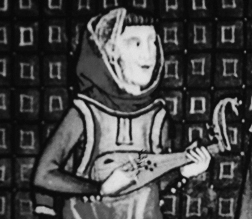


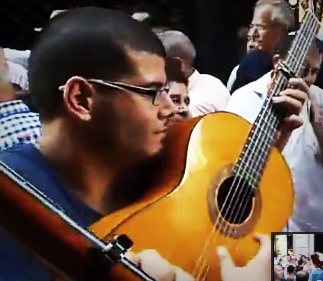



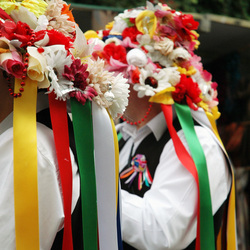




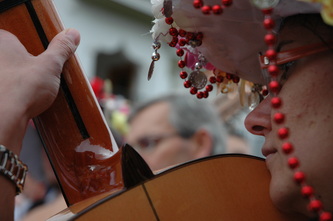

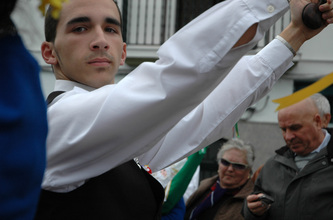
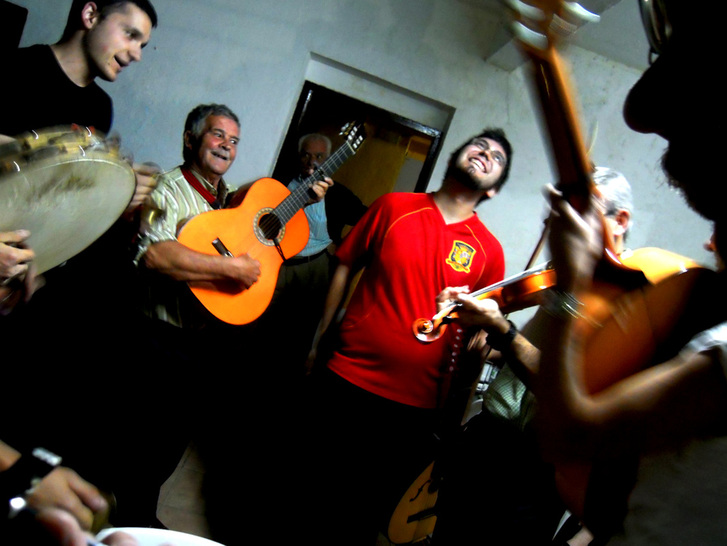
 RSS Feed
RSS Feed

